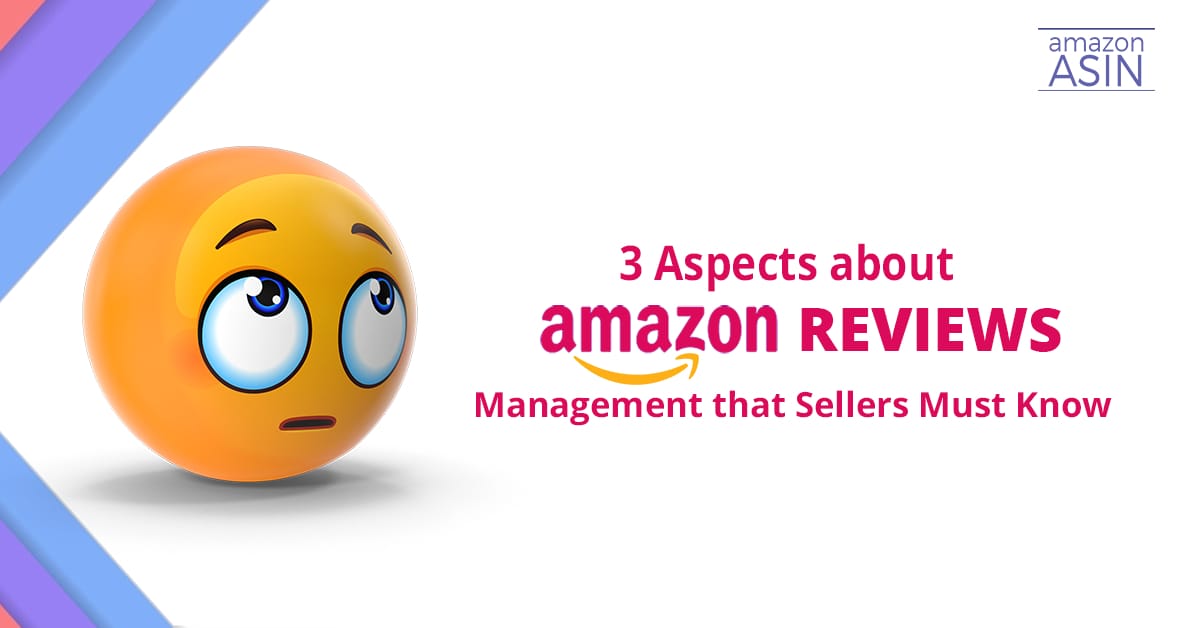Amazon is the world’s largest online marketplace; nothing else compares. As such, it’s obviously an advantageous space for e-commerce sellers to be active, promoting and selling their products. But when selling on Amazon, there are a few obstacles to be aware of, including the prevalence of scammers.
Indeed, Amazon scams are more common than you might think, and they can have a huge negative impact on e-commerce sellers. Thankfully, there are a number of smart steps sellers can take to keep themselves safe and secure.
Be Aware of Common Amazon Scams
The first and most important step is simple awareness. By knowing the different forms that Amazon scams can take, sellers can be more vigilant and defensive.
There are too many types of Amazon scams to summarize here, but consider a few of the most common examples.
- Phishing scams. Phishing might look like sending fake emails or messages pretending to be from Amazon, asking e-commerce sellers to provide sensitive information like login credentials or tax details.
- Account takeovers. Additionally, hackers may gain access to a Amazon seller’s account through phishing or other types of data breach. This allows them to make unauthorized changes, including changing bank account information or altering passwords.
- Fake claims and chargebacks. Duplicitous buyers might falsely claim that the items they ordered were not received or arrived in a damaged state, all in an attempt to get a refund while keeping the product.
- False reviews. Online reviews can be make-or-break for e-commerce merchants. Scammers (or unethical competitors) may post negative reviews or feedback to damage a seller’s reputation.
These are just a few examples of the kinds of Amazon scams e-commerce sellers should be aware of.
Ensure Personal Liability Protections
Amazon scams can often lead to significant financial peril or reputational damage. This makes it essential for e-commerce sellers to enact protections against litigation and creditors. One of the best ways to limit personal liability exposure is by registering your e-commerce business as a Limited Liability Company, or LLC.
What is an LLC, exactly? It’s actually one of the most popular business structures in the country, providing the kinds of personal liability protections you’d get with a Corporation, but with much less regulatory overhead. An LLC allows you to establish your ecommerce business as its own distinct legal entity, which in turn means you can keep personal assets and liabilities totally distinct from your business affairs.
The steps for registering an LLC can vary from state to state, but the typical process involves:
- Choosing the state where you will register (likely just wherever you’re based).
- Naming an individual or an organization to serve as your Registered Agent.
- Filing Articles of Organization with your state; check sites like LegalZoom for template documents.
- Creating an Operating Agreement, which serves as a charter for your business.
- Claiming an Employer Identification Number (EIN) from the IRS.
Registering your e-commerce business as an LLC can significantly reduce the level of risk you’re exposed to at the hands of Amazon scammers.
Practice Cybersecurity Basics
A lot of the most common Amazon scams boil down to simple cybersecurity breaches. As such, attending to some IT basics can go a long way toward keeping your e-commerce business safe and sound. Here are a few best practices for Amazon sellers to keep in mind.
Verify Any Communications Claiming to Be from Amazon
Remember, one of the most common types of scams is fraudulent communications, sent by scammers purporting to represent Amazon. Always verify the authenticity of emails, phone calls, or messages claiming to be from Amazon, and remember that reputable companies will never ask for sensitive information via email or phone. Any credible communications from Amazon should come via the Seller Central website or app.
Implement Strong Passwords and Two-Factor Authentication (2FA)
Speaking of your Amazon Seller account, ensure that it’s secured with a strong, unique password and enable two-factor authentication (2FA). This adds an extra layer of security and helps protect your account from unauthorized access. Some other password essentials include:
- Make sure you change passwords fairly regularly.
- Avoid using the same password for multiple accounts.
- Don’t use anything that might be easy for hackers to guess; randomized words, letters, or numbers work best.
Keep an Eye on Your Amazon Account
It’s good practice to regularly review your account settings, transactions, and product listings. Monitor for any unauthorized changes or suspicious activity. Set up alerts for significant account changes, including changes to your banking information. This simple practice of vigilance can help you identify any signs of fraudulent behavior early, allowing for a more rapid intervention.
Show Caution Regarding Invoices or Payments
Another important practice is to verify the legitimacy of any invoices or requests for payment. If you receive an invoice for services or products, confirm it through official channels before you authorize any payments. And always avoid paying for services or products that you didn’t request or you don’t recognize.
Educate Yourself About Scams and Security
A final tip for avoiding Amazon scams: Stay in the loop about common scams and fraud tactics targeting Amazon sellers. Educate yourself and your e-commerce team members on how to recognize phishing attempts, account takeovers, and other types of cyberattack. Familiarize yourself with Amazon’s policies and best practices for safeguarding account security.
Keep Your Ecommerce Business Safe from Scammers
The bottom line: E-commerce sellers can’t afford to ignore Amazon’s massive marketplace… but neither can they afford to turn a blind eye to scams and other fraudulent activity.
While Amazon scams are quite common and potentially quite costly, there are a number of simple steps you can take to protect your business. From ongoing awareness to LLC formation, the steps mentioned here can go a long way toward keeping Amazon scammers at bay.




